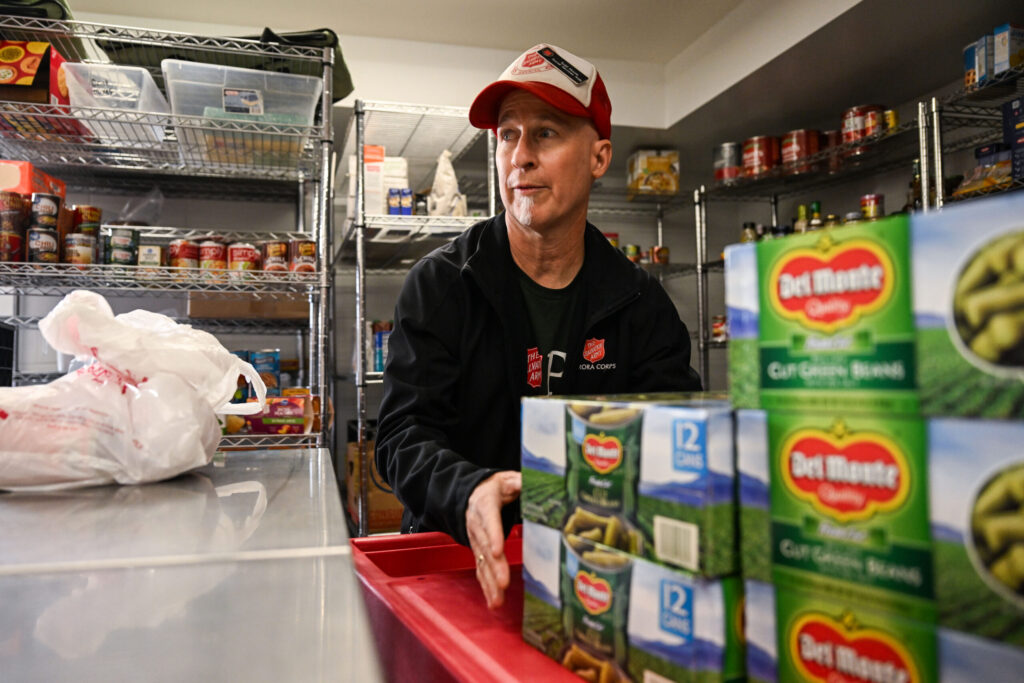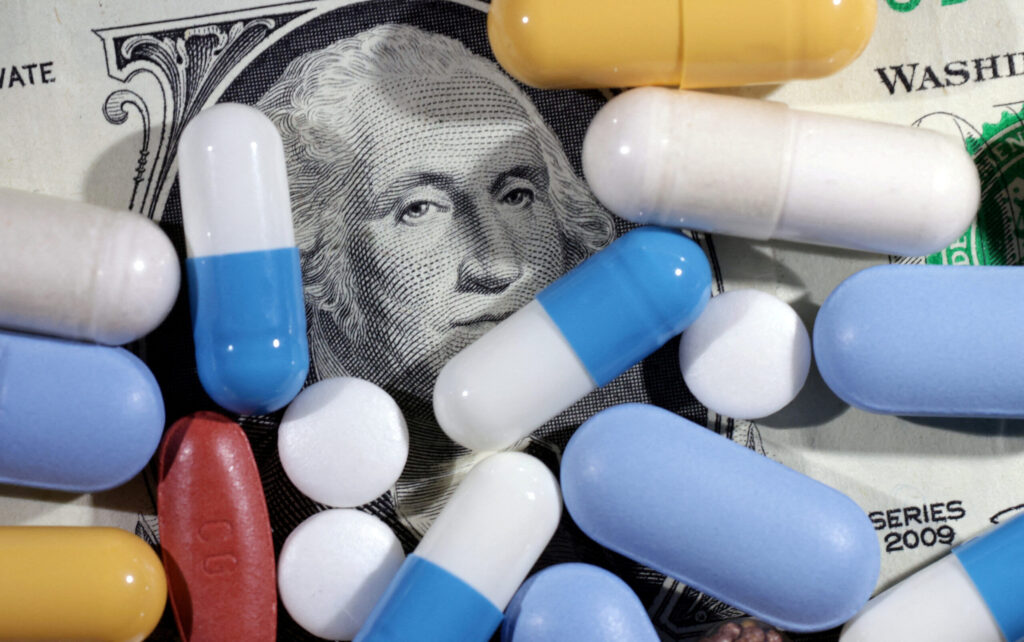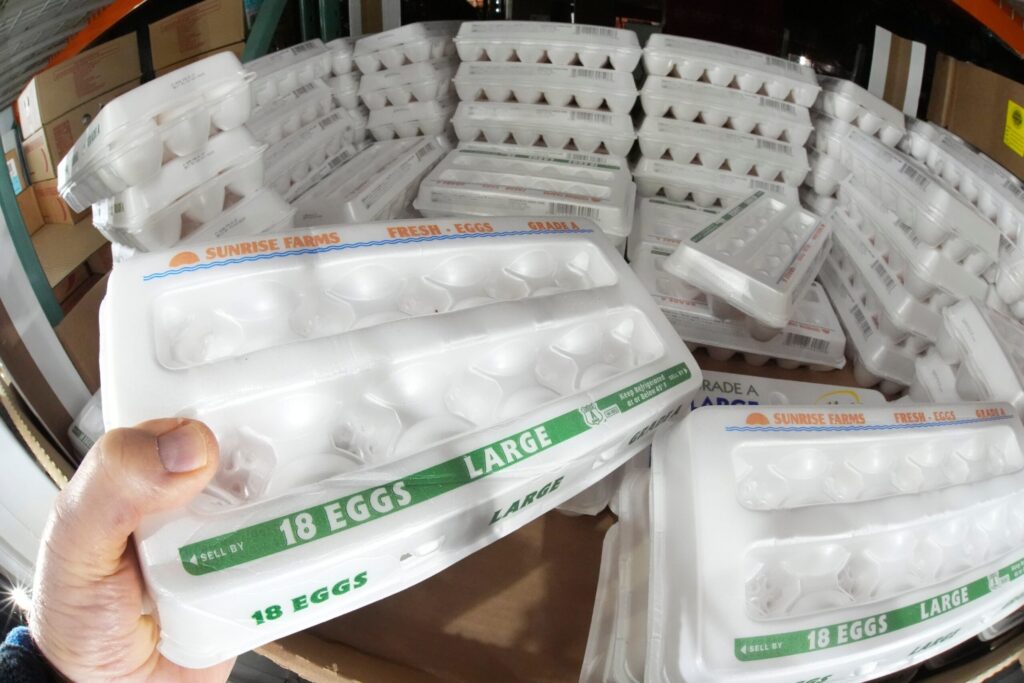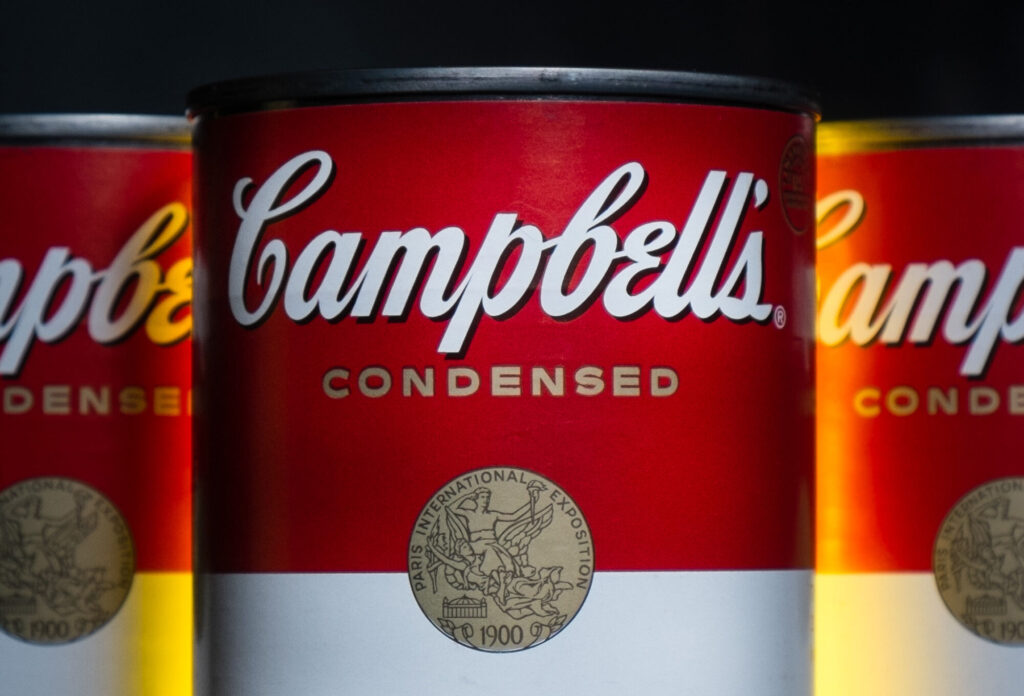US retail sales growth slows in September
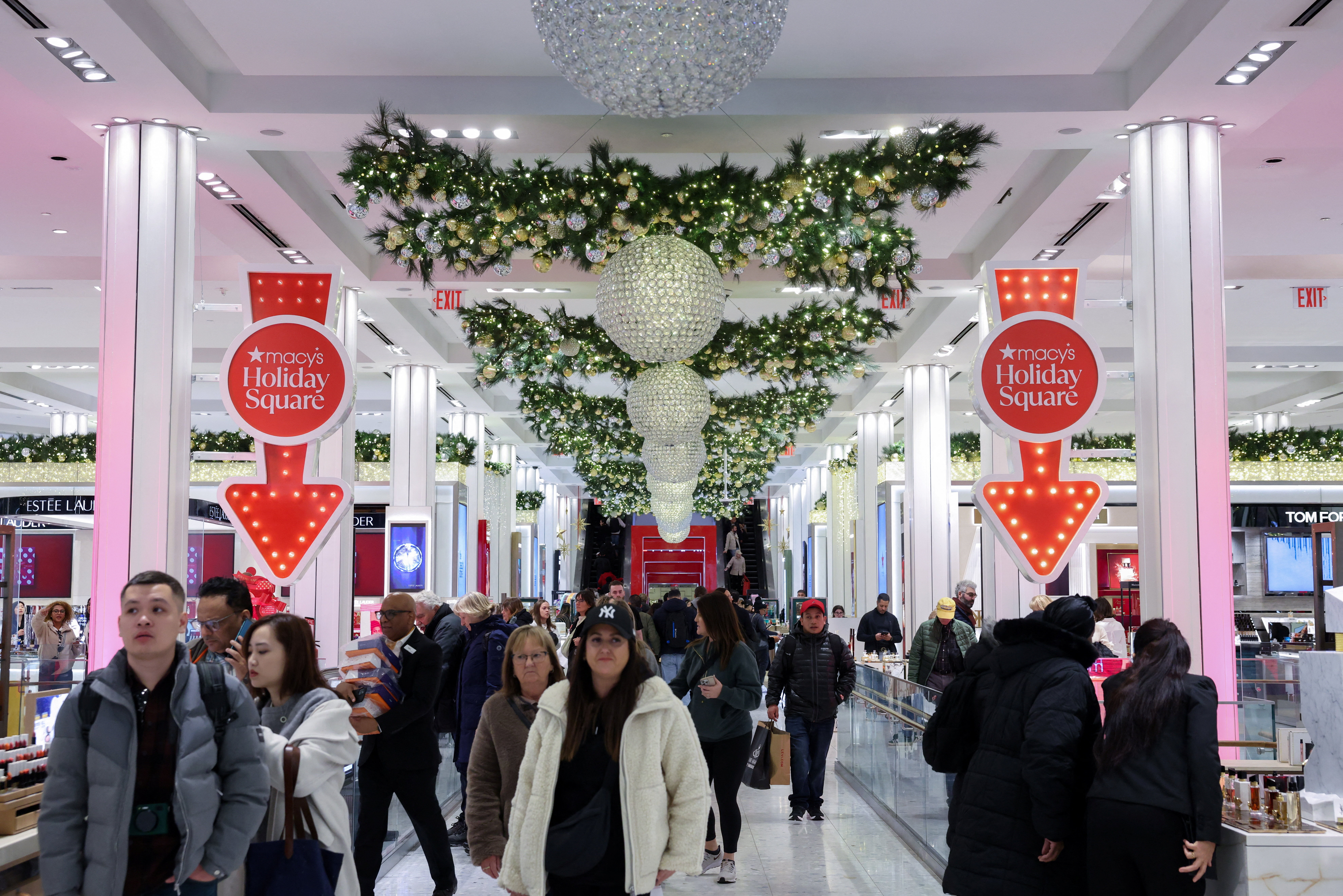
WASHINGTON – U.S. retail sales increased less than expected in September, suggesting consumer fatigue amid higher prices, though the moderation was not enough to dampen economists’ expectations for solid economic growth in the third quarter.
The sales slowdown reported by the Commerce Department on Tuesday followed a long stretch of gains and marked a weak handoff to the fourth quarter. Economists said a sluggish labor market, characterized by an unemployment rate at a four-year high, was making consumers more selective about purchases.
“This data are mostly old news at this point, but a raft of high-frequency and survey indicators suggests that spending growth has slowed significantly in the fourth quarter so far,” said Oliver Allen, senior economist at Pantheon Macroeconomics.
“The moribund labor market and ongoing drag on real incomes from tariff-induced price increases suggest that this slowdown is likely to be maintained.”
Retail sales rose 0.2% after a 0.6% gain in August, the Commerce Department’s Census Bureau said. Economists polled by Reuters had forecast September retail sales, which are mostly goods and are not adjusted for inflation, would rise 0.4%.
Retail sales increased 4.3% on a year-over-year basis. The report, originally due in mid-October, was delayed by the 43-day shutdown of the U.S. government. Part of the increase in sales in September reflected higher prices, with receipts at service stations advancing 2.0%.
Sales had accelerated in prior months, in part as consumers rushed to buy battery-powered electric motor vehicles before the expiration of EV tax credits at the end of September.
Sales at auto dealerships fell 0.3% in September after rising 0.6% in August. Furniture store sales increased 0.6%, while receipts at building material and garden equipment retailers and suppliers gained 0.2%. But sales at clothing retailers fell 0.7% while those at electronics and appliance outlets decreased 0.5%. Online retail store sales dropped 0.7%. Consumers also cut back spending on hobbies and sporting goods.
But they dined out and visited bars more. Sales at food services and drinking places, the only services component in the report, increased 0.7% after surging 1.0% in August. Economists view dining out as a key indicator of household finances.
Retail sales excluding automobiles, gasoline, building materials and food services fell 0.1% in September after a downwardly revised 0.6% increase in August.
These so-called core retail sales correspond most closely with the consumer spending component of gross domestic product. They were previously reported to have advanced 0.7% in August.
The dip in core retail sales did not change economists’ expectations that consumer spending picked up in the third quarter.
Spending, however, is being driven by higher-income households, with many middle-income and lower-income consumers burdened by rising costs, some of them stemming from tariffs on imports, creating what economists have called a K-shaped economy. Though job growth rebounded in September, the labor market is weakening, with the unemployment rate rising to 4.4% in September.
Following the recent selloff in the stock market, some economists worry that high-income households could start scaling back spending and hamper economic growth. Prior to the retail sales data, the Atlanta Federal Reserve estimated gross domestic product increased at a 4.2% annualized rate in the third quarter.
The government will release its third-quarter GDP estimate on Dec. 23. The economy grew at a 3.8% pace in the second quarter, with a smaller trade deficit accounting for the bulk of the increase.
A separate report from the Labor Department’s Bureau of Labor Statistics on Tuesday showed the Producer Price Index for final demand increased 0.3% in September amid a jump in the cost of energy goods. That reading followed an unrevised 0.1% drop in August. The rebound was in line with economists’ expectations.
In the 12 months through September, the PPI increased 2.7% after advancing by the same margin in August.
Producer goods prices surged 0.9%, the largest gain since February 2024, after climbing 0.2% in August. Energy goods, which accelerated 3.5%, accounted for two-thirds of the increase in goods prices.







